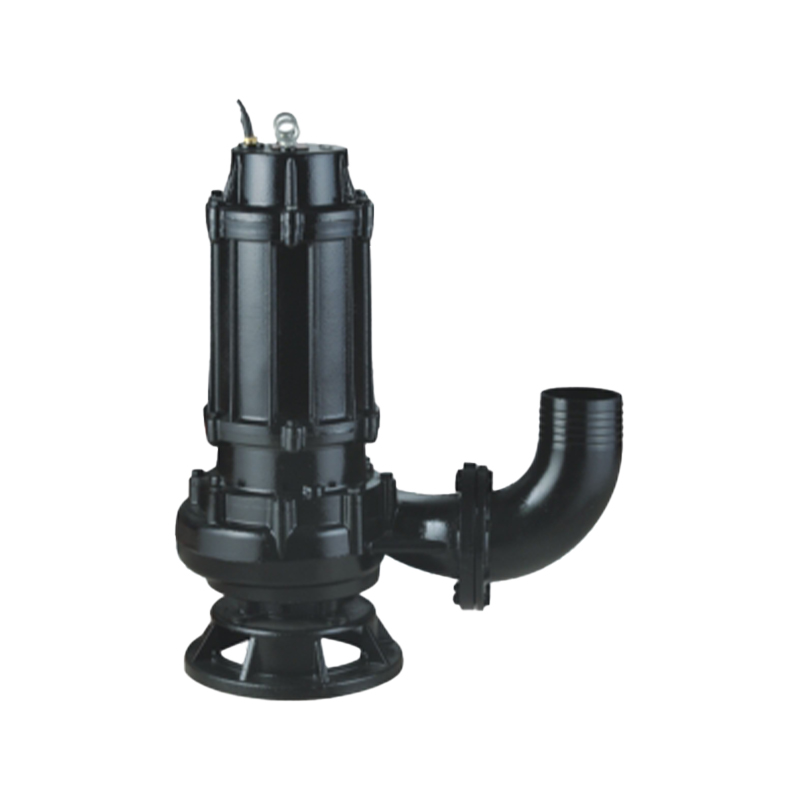QXN Easy-to-Install Submersible Pump for Harsh Wastewater Environments
Engineered for reliability and simplicity, our submersible pump is pur...

In many fluid handling systems, the type of pump selected plays a significant role in the overall efficiency and ease of maintenance. In-line pump designs, including in-line water pumps, in-line submersible pumps, and in-line sewage pumps, offer distinct advantages compared to traditional pump configurations. Understanding the differences between these two designs can help determine which is most suitable for a given application.
One of the primary features of in-line water pumps is their unique installation. Unlike traditional pumps, which are typically placed outside the pipe system, in-line pumps are installed directly within the pipeline. This configuration reduces the space needed for installation and minimizes the need for additional components like suction or discharge tanks. The design of the in-line water pump allows for a more streamlined system, especially in applications where space is limited, such as in industrial or residential setups. These pumps are designed to handle a continuous flow of water, making them an excellent choice for both small and medium-scale water circulation systems.
Similarly, the in-line submersible pump combines the benefits of a submersible pump with the in-line design. While traditional submersible pumps are typically installed in wells or reservoirs and require a separate casing, the in-line submersible pump is integrated directly into the pipeline. This makes it an ideal choice for situations where space constraints are an issue. For example, in irrigation systems or water treatment facilities, where water needs to be pumped from wells or underground sources, an in-line submersible pump can be installed within the pipeline to ensure efficient and consistent water delivery.
In contrast, traditional submersible pumps require an external casing to protect the pump and motor, often leading to more complex installation and higher costs. Moreover, traditional designs may require more frequent maintenance due to the potential for debris buildup in the surrounding area, which can impede water flow. The in-line submersible pump simplifies this by reducing the number of external components, leading to lower maintenance requirements and a more compact design.
Another example of an in-line pump is the in-line sewage pump, which is designed for handling wastewater and sewage. These pumps are often used in residential, commercial, and industrial applications where space efficiency is critical. In-line sewage pumps can be directly connected to the piping system, eliminating the need for separate sump or sewage pits. This design allows for easier installation and maintenance, making it a practical solution for smaller buildings or tight spaces.
Traditional sewage pumps, on the other hand, are generally installed in separate sumps or pits. These pumps often require additional infrastructure, such as check valves and holding tanks, to function properly. The in-line sewage pump reduces the overall footprint of the system, providing a simpler, more efficient solution for moving wastewater and sewage. In systems where sewage handling needs to be discreet and compact, the in-line sewage pump offers an attractive alternative to traditional setups.
However, in-line pumps are not without their limitations. In systems where high head pressures or significant water volumes are required, traditional centrifugal or multi-stage pumps might be a better choice. In-line water pumps and in-line submersible pumps are typically more suited to moderate flow applications. When the required pressure or flow rate exceeds the capabilities of in-line pumps, traditional designs can better accommodate those needs. Additionally, in-line pumps are less effective in systems where there are frequent changes in flow or pressure, as they are optimized for steady, continuous operation.
In-line water pumps, in-line submersible pumps, and in-line sewage pumps offer significant benefits in terms of space savings, ease of installation, and reduced maintenance needs. Their ability to be integrated directly into existing pipeline systems makes them ideal for applications where space is limited or when dealing with moderate flow rates. However, for systems requiring high pressures or larger volumes, traditional pump configurations may still be more suitable. Ultimately, the decision between in-line and traditional pumps depends on the specific needs of the system, including space constraints, required flow rates, and maintenance considerations.